
In today's dense international trade, the international freight forwarder has become the right-hand man for the logistics and transshipment of various countries. Let's take a look at some common sense in international logistics and transportation.
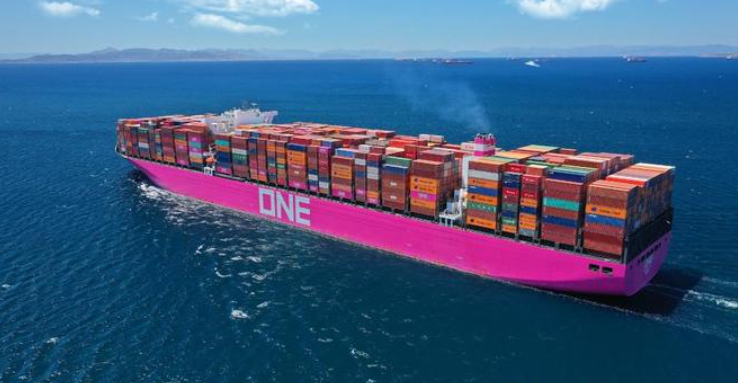
As a member of the freight forwarding industry, one of the most familiar documents is definitely the bill of lading BILL OF LADING
A bill of lading is a document used to prove the contract of carriage of goods by sea and that the goods have been received or loaded by the carrier, and that the carrier guarantees delivery in accordance with it. According to different classification standards, bills of lading can be divided into many types. The most common ones in daily work are the original/telephone release/WAYBILL (depending on the type of bill of lading), and the other is MBL/HBL (depending on the issuer). The former can be easily distinguished according to the remarks such as ORIGINAL/TELEX RELEASE on the bill of lading, while the latter will take time for newcomers to fully understand. Let's take a look at the characteristics of the two bills of lading MBL/HBL.
MBL
MASTER BILL OF LADING, is a bill of lading issued by a shipping company, commonly known as a sea bill.
The bill of lading is addressed to various shipping companies, such as YANGMING, MAERSK, WHL, ONE, etc. Each shipping company's bill of lading format is slightly different, the lower right corner is the signature and seal of each shipping company.
HBL
HOUSE BILL OF LADING, is a bill of lading issued by a non-vessel carrier (registered in NVOCC), commonly known as a freight forwarding bill of lading.
The title of the bill of lading is each freight forwarding company (non-vessel carrier), such as freight forwarder A, freight forwarder B, freight forwarder C, etc. The format of the bill of lading is different, and the final signature and seal are the freight forwarding companies.
Both have the core function of the bill of lading - the document of title, which represents the ownership of the goods. The content on the bill of lading is basically similar, and all important information such as the consignee and the goods must be displayed.
P.S. In order to issue HBL for American Line, the forwarding company with the name of HBL must be registered with FMC in the United States before it can issue this HBL to customers accordingly.
After the goods arrive at the destination port, MBL can directly pick up the goods from the shipping company, while HBL needs to exchange the order with the shipping company for MBL before subsequent customs clearance and pick-up. Normally, there will be an exchange fee.
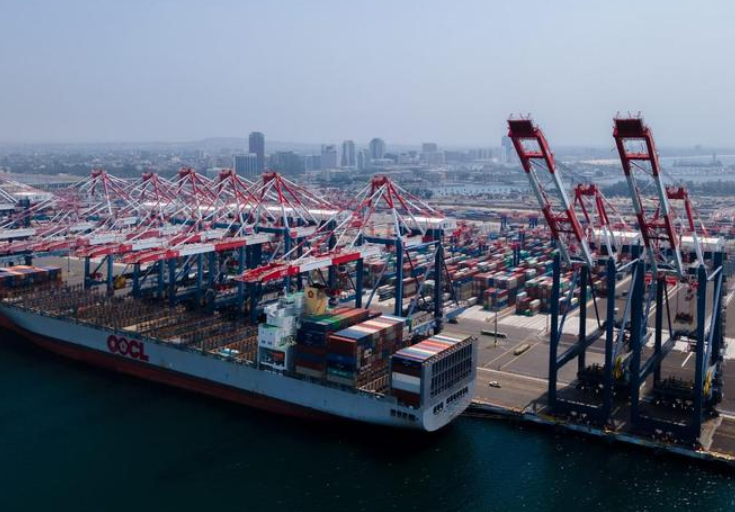
In general, MBL is less risky than HBL, so why do you need to issue HBL? The reasons are roughly as follows:
1. LCL LCL
Full container container transport (FCL) can issue MBL or HBL, but LCL transport (LCL) usually issues HBL by non-vessel carrier, and shipping company does not issue LCL LCL bill of lading.
2. Document requirements
The customer L/C needs to be back-signed or has some other document requirements, but it is troublesome for the shipping company and cannot be displayed on the MBL. The HBL is more convenient and flexible and can meet customer needs.
3. Trade secrets
In order to conceal some commercial information, the middlemen do not want the third party to know the information, so they request HBL to hide the real information.
4. Freight factor
The freight O/F is also one of the important reasons for issuing HBL, and the freight forwarder can apply for a lower freight rate from the shipping company.
Although Saudi Arabia has a small population, it has strong purchasing power and supports many Chinese cross-border e-commerce businesses such as jollychic, fordeal, funmart, etc. However, Saudi logistics is a very troublesome problem. This article will i
2022-07-07
The demand for various international express logistics has become increasingly strong, and many international freight forwarding companies have emerged.
2022-07-12

More →
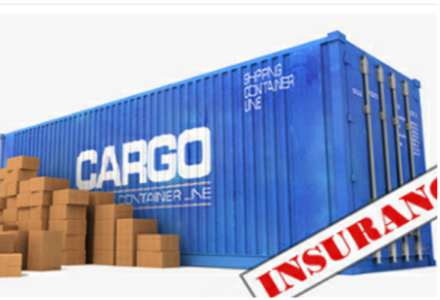
More →
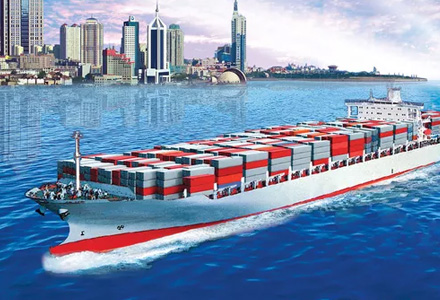
More →
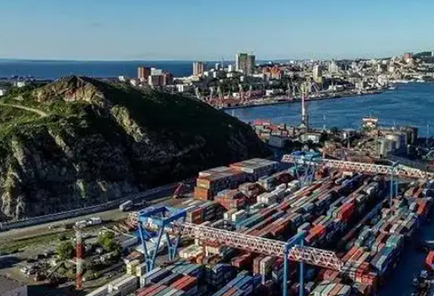
More →
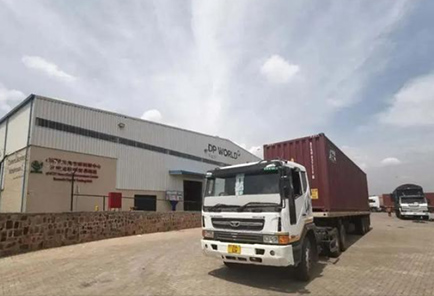
More →
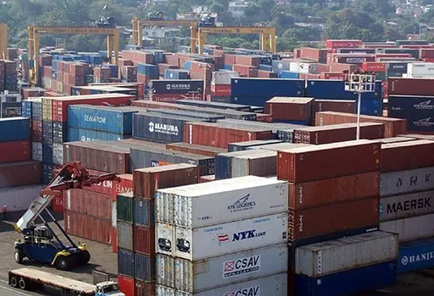
More →
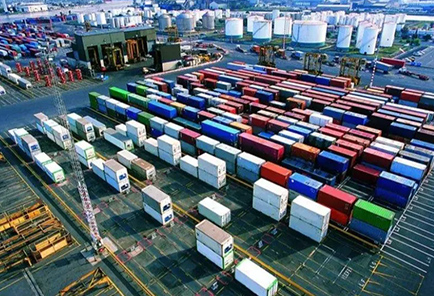
More →